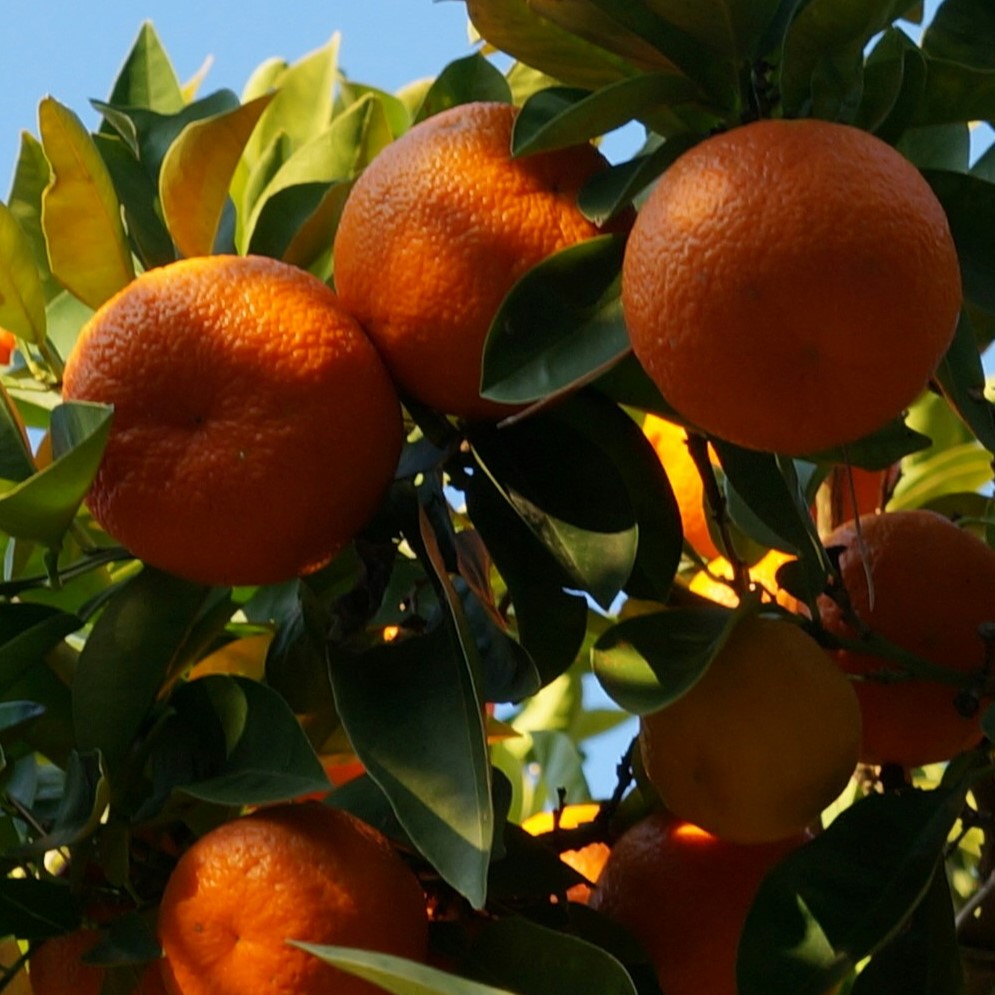Published:
The production of orange juice dates all the way back to the 1500s, when Spanish explorers planted the first Orange Trees in Florida, United States. However, it wasn’t commercialized until almost 300 years later when industrial innovations allowed greater product distribution. Since then, the orange juice market has dramatically expanded and has now become a breakfast staple for consumers all around the world.
Over 7.5 billion liters of juice are produced yearly, generating over 23 billion dollars in revenue. Brazil is currently the number one global producer of orange juice, producing nearly ten times the amount of Mexico and the United States, their biggest competitors, ranking number two and three in production. However, things are not looking good for orange juice consumers, as both the United States and Brazil are facing extreme challenges relating to their production. Florida, the second top fruit producer in the United States, has seen a 92% decrease in crop yield compared to 2 decades ago.
The main culprits behind this decrease are pests, hurricanes, and rising costs as a whole. The United States isn’t alone in its struggles. Brazil is responsible for 70% of the global orange crop yield and is severely affected by an untreatable crop disease called citrus greening. São Paulo, Brazil’s largest orange-producing state, has been hit especially hard by this disease; they have lost over 60,000 trees between 2018-2021 alone, and the problem continues to persist today.
While there are no health threats to animals or people due to this disease, these issues do pose detrimental risks to citrus plants. Over time, infected trees will only produce sour oranges that aren’t salvageable enough to continue to the next step of orange juice production. After the infection is present in a tree, it only has a few years before it is completely dead. Citrus greening is spread through an insect called The Asian Citrus Psyllid. Symptoms of the disease include partially green coloring of fruit, smaller and irregularly shaped fruit, and asymmetrical and blotchy leaves. Additionally, a tree can be asymptomatic, not showing any signs of the infection in itself, and still spread the bacteria to other trees.
With the decrease in the supply of oranges worldwide, orange juice prices have been skyrocketing. Brazil, the United States, and France, the top three orange juice-consuming countries, will be hit the hardest by this shortage, followed by the United Kingdom, Belgium, Japan, Spain, and Ireland. Orange juice prices have already risen by 50% since the start of 2024 in the United States. Many consumers don’t have the purchasing power or aren’t willing to pay such a drastic price; consumption has fallen by over 15% in global markets in the past year. Citrosuco, Brazilian-based, is a top-performing global company that will likely see negative repercussions from this shift.
In response to this supply shortage, many companies are diversifying their product mix and branching into beverages other than orange Juice. For example, Uncle Matt’s, a United States orange juice brand, is focusing more on expanding into the tea and wellness shot realm. Similarly, the UK-based company Colpress recently launched a mandarin juice that provides health benefits similar to orange juice. Additionally, many orange juice brands are managed by a larger beverage company that owns a diverse range of products, such as PepsiCo (Tropicana) and The Coca-Cola Company (Minute Maid, Simply Orange, and Dell Valle). These companies will most likely take a similar approach and focus their marketing efforts on the non-orange juice beverages they offer.
Orange juice lovers, as well as top-producing companies, are in danger with the current state of affairs. If there isn’t an industry innovation discovered shortly to combat citrus greening, the orange juice market's longevity is not promising.
File under






